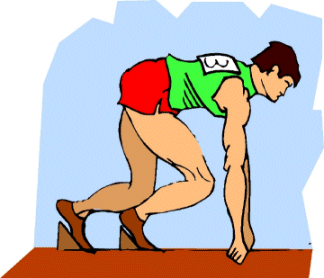
The best players of the past 500 years have worked out the best ways to start a game.
If you want to be a good player you have to learn from them.

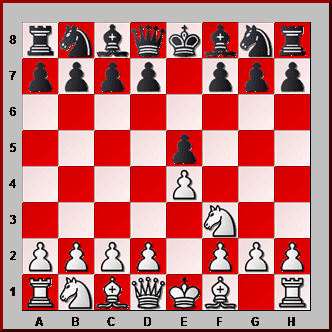
|
The most natural move second move for White is Ng1-f3. Why is this a good move? It DEVELOPS a piece It DEVELOPS a piece It helps CONTROL the CENTRE It helps CONTROL the CENTRE It THREATENS the Black Pawn It THREATENS the Black Pawn All of these All of these 

|
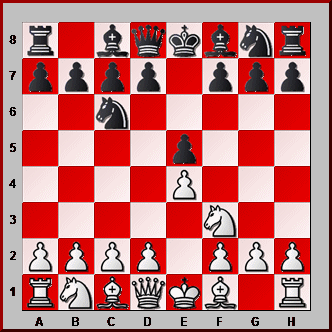
|
Black has to do something about his THREATENED pawn. The usual move is Nb8-c6. Why is this a good move?  It DEVELOPS a piece It DEVELOPS a piece It helps CONTROL the CENTRE It helps CONTROL the CENTRE It DEFENDS the Pawn on e5 It DEFENDS the Pawn on e5 All of these All of these 

|
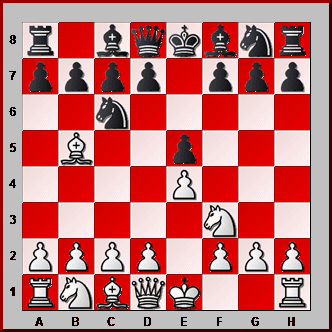
|
One move White can play is Bf1-b5. Why might you want to play this move? To DEVELOP a piece To DEVELOP a piece To get ready to CASTLE To get ready to CASTLE To ATTACK the Knight DEFENDING e5 To ATTACK the Knight DEFENDING e5 All of these All of these 

|
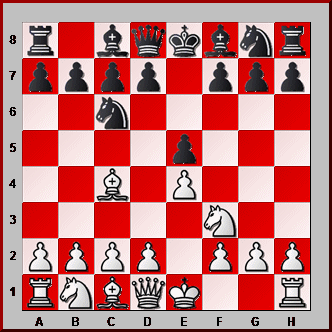
|
 To DEVELOP a piece To DEVELOP a piece To get ready to CASTLE To get ready to CASTLE To ATTACK the weak Pawn on f7 To ATTACK the weak Pawn on f7 All of these All of these 

|
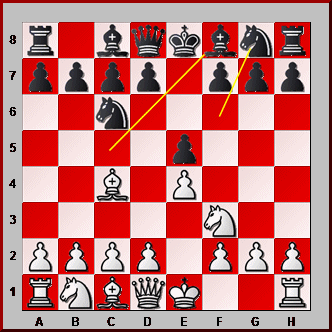
|
This is a very popular move in junior chess. It's a good move for someone like you to play and a move that a lot of kids will play against you. The name of this opening depends on Black's next move. 
|

|
Black DEFENDS with TWO KNIGHTS!! Obvious, isn't it?? 
|
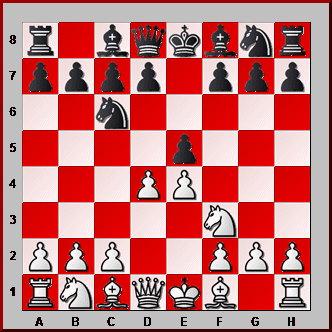
|
White can also play d2-d4 on move 3. What's the point of this? To put another pawn in the CENTRE To put another pawn in the CENTRE To OPEN A DIAGONAL for the Bishop on c1 To OPEN A DIAGONAL for the Bishop on c1 To THREATEN the Pawn on e5 To THREATEN the Pawn on e5 All of these All of these 

|
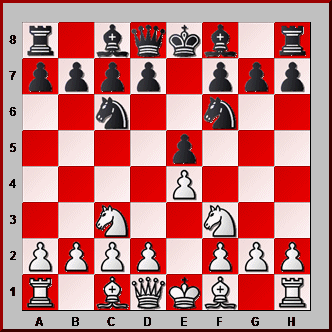
|
White can also play Nb1-c3 on move 3, when Black usually plays Ng8-f6. Why Nb1-c3? To DEVELOP a piece To DEVELOP a piece To CONTROL the CENTRE To CONTROL the CENTRE To DEFEND the Pawn on e4 To DEFEND the Pawn on e4 All of these All of these 

|
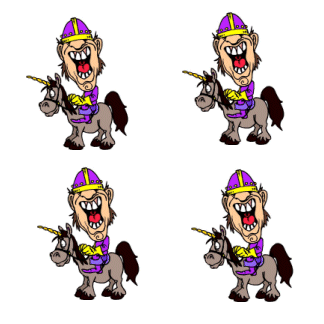
|
If Black plays something else on move 3 it's the THREE KNIGHTS GAME. 
|
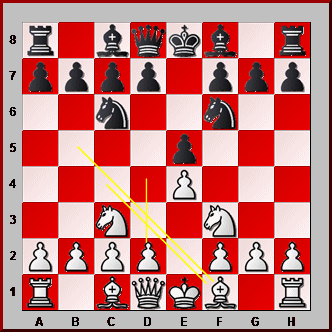
|
In this position White can play Bf1-b5, the SPANISH FOUR KNIGHTS. Or he can play Bf1-c4, the ITALIAN FOUR KNIGHTS. Or d2-d4, guess what, the SCOTCH FOUR KNIGHTS. 
|
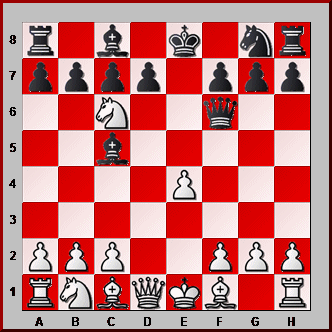
|
It's White's move here. You have a choice of two moves. |
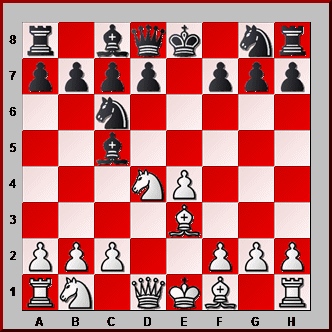
|
Here it's Black's move. Again you have two moves to choose from. |
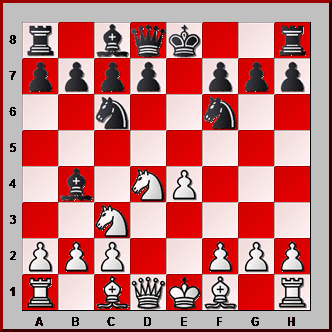
|
 Nd4xc6 Nd4xc6
 Bf1-d3 Bf1-d3 Qd1-e2 Qd1-e2
 Qd1-f3 Qd1-f3 

|
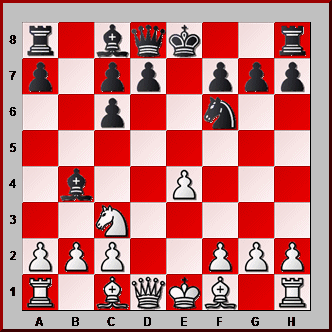
|
 a2-a3 a2-a3
 Qd1-d3 Qd1-d3 Bf1-d3 Bf1-d3
 f2-f3 f2-f3 

|
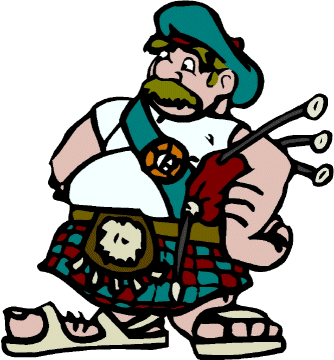
|
|